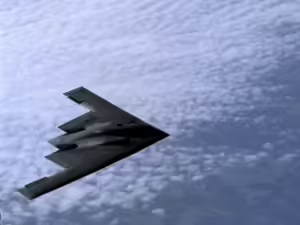Briefly: According to the UN’s yearly Synthetic Drugs in East and Southeast Asia report, eastern Myanmar is fast becoming the world’s leading production hub for meth and synthetic drugs, which are trafficked out via Thailand and Laos.
Southeast Asian authorities seized a total of 151 tons of meth last year, a decrease from 2021. But fewer busts don’t automatically equal good news: it seems cartels have simply shifted their trafficking onto less patrolled routes.
Intrigue’s take: How does Southeast Asia, a region with some of the world’s most stringent drug laws, become a synthetic drugs epicentre?
Stay on top of your world from inside your inbox.
Subscribe for free today and receive way much more insights.
Trusted by 129,000+ subscribers
No spam. No noise. Unsubscribe any time.
- Lax oversight: The 2021 military coup eroded Myanmar’s already weak law enforcement, with various militia groups now controlling the trade.
- Raw materials: Southeast Asia is the single largest contributor to the global specialty chemicals sector, accounting for 36% of total revenue.
- Advantageous geography: Southeast Asia is already a global trading hub. That works for illicit substances too.
This might all be another reason for the region’s main bloc (ASEAN) to be bolder on Myanmar. The mess there is no longer just an ‘internal affair’.
Also worth noting:
- Synthetic amphetamines (a category including methamphetamines) are the second most widely used drugs across the globe after cannabis.
- Of the 20 countries carrying out the death penalty for drug related offences in the last five years, 10 are in Southeast Asia.








